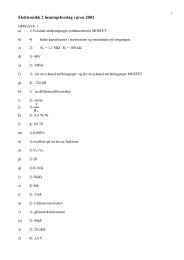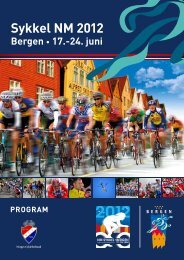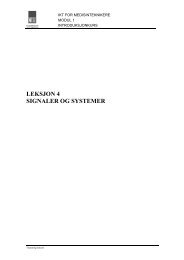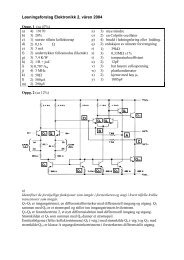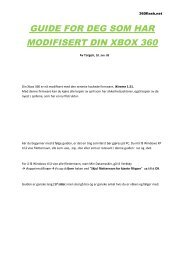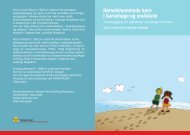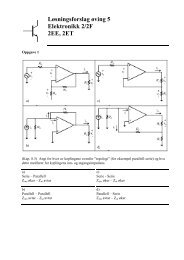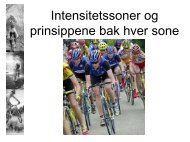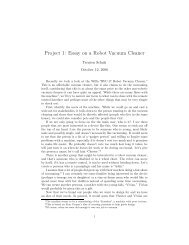The Online World resources handbook
The Online World resources handbook
The Online World resources handbook
Create successful ePaper yourself
Turn your PDF publications into a flip-book with our unique Google optimized e-Paper software.
Frequently used terms http://home.eunet.no/~presno/bok/v4.html<br />
(1) ANSI is an organization that sets standards.<br />
(2) 'ANSI graphics' (ref. the term ANSI BBS) is a set of cursor control codes that<br />
originated on the VT100 terminal. Many online services use them to enhance their<br />
transmission of characters to communication programs. <strong>The</strong> escape character, followed<br />
by other characters, are used to move the cursor on the screen, change color, and more.<br />
ASCII<br />
<strong>The</strong> American Standard Code for Information Interchange. A standard seven bit code<br />
created to achieve compatibility between various types of data processing equipment.<br />
ASCII, pronounced "ask key," is the common code for microcomputer equipment.<br />
<strong>The</strong> Standard ASCII Character Set consists of 128 decimal numbers ranging from<br />
zero through 127 assigned to letters, numbers, punctuation marks, and the most common<br />
special characters. Each code can be represented by a 7 digit binary number: 0000000<br />
through 1111111.<br />
<strong>The</strong> Extended ASCII Character Set also consists of 128 decimal numbers and<br />
ranges from 128 through 255 representing additional special, mathematical, graphic, and<br />
foreign characters.<br />
ASCII download<br />
Retrieval of plain ASCII text (without special codes). Normally, it takes place without<br />
automatic error correction, but it is typically managed by XON/XOFF flow control.<br />
Asynchronous transfer<br />
Serial communication between two computers. When signals are sent to a computer at<br />
irregular intervals, they are described as asynchronous. Data is sent at irregular intervals<br />
by preceding each character with a start bit and following it with a stop bit.<br />
Asynchronous transmission allows a character to be sent at random after the<br />
preceding character has been sent, without regard to any timing device. So, in case of<br />
line noise, the modem can find out right away where the next byte should start.<br />
Autodial<br />
When a modem dials a telephone number automatically. Autodial may be started by the<br />
user entering the number manually, or the number may be sent automatically by the<br />
communications program (for example after having been selected from a phone<br />
register).<br />
Bandwidth<br />
How much you can send through a connection. Usually measured in bits per second.<br />
Baud<br />
A unit of measurement that shows the number of discrete signal elements, such as bits<br />
that can be sent per second.<br />
Bits per second (bps) is the number of binary digits sent in one second. <strong>The</strong>re is a<br />
difference between bps and baud rate, and the two are often confused. For example, a<br />
device such as a modem said to send at 2400 baud is not correct. It actually sends 2400<br />
bits per second.<br />
Both baud rate and bps refer to the rate at which the bits within a single frame are<br />
sent. <strong>The</strong> gaps between the frames can be of variable length. Accordingly, neither baud<br />
rate nor bps refer accurately to the rate at which information is actually being<br />
transferred.<br />
2 of 17 23.11.2009 15:50



